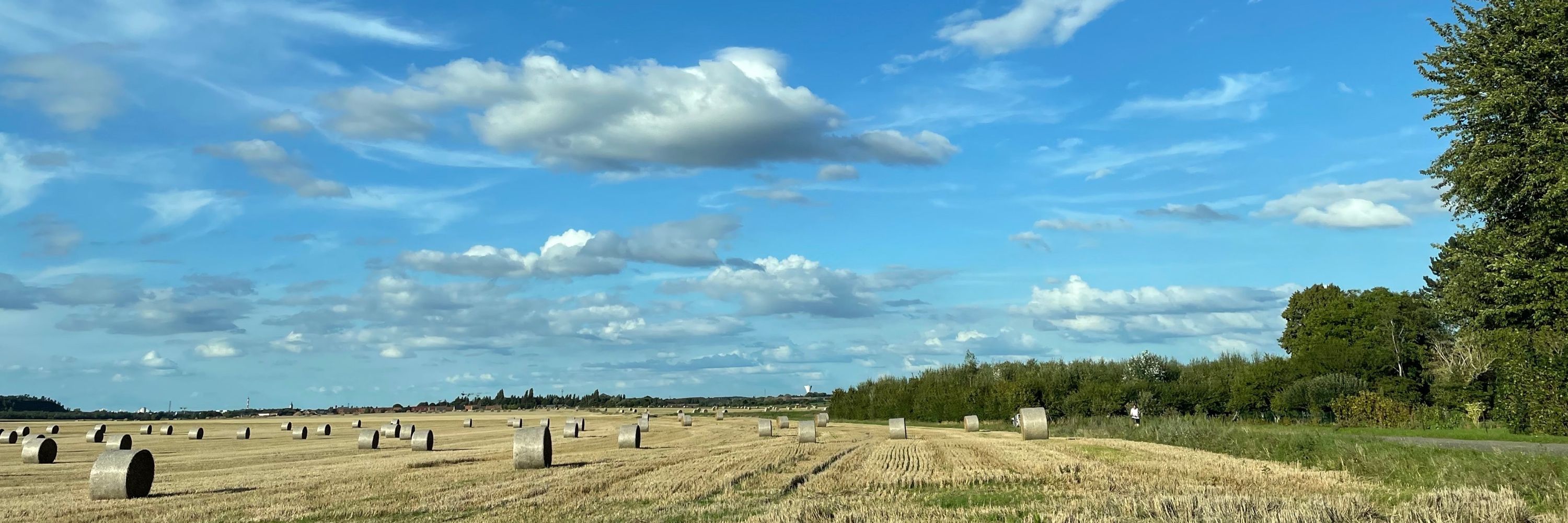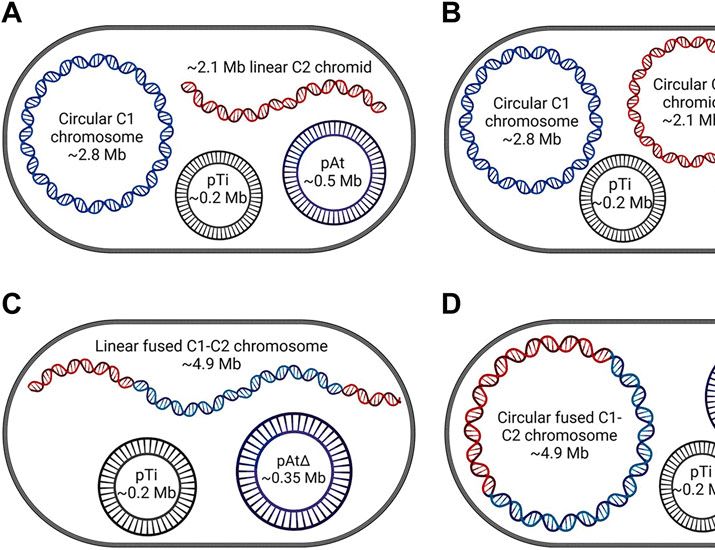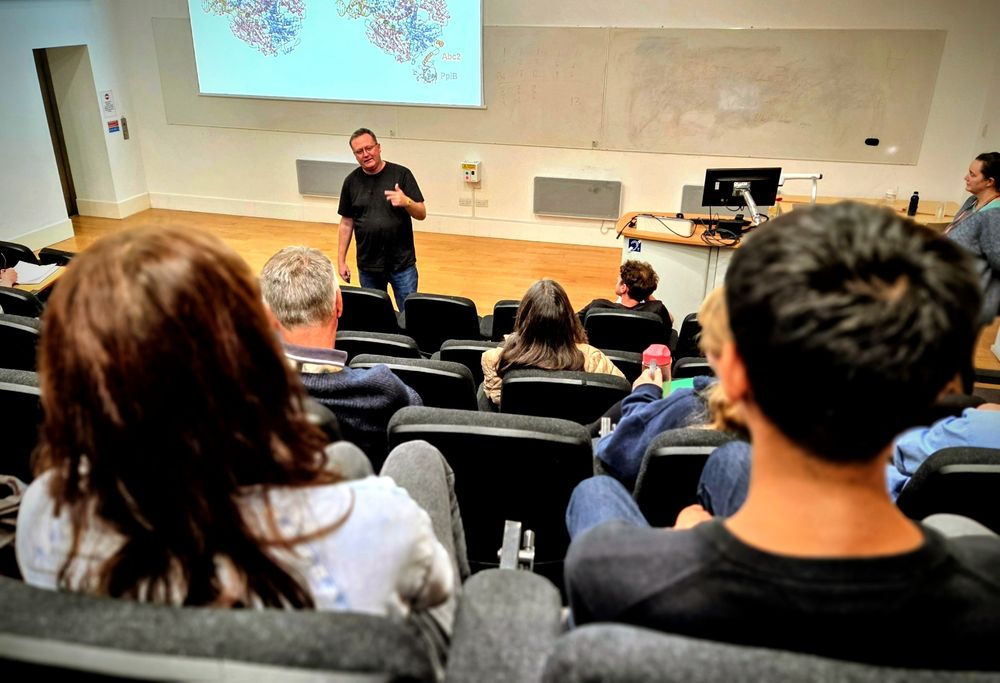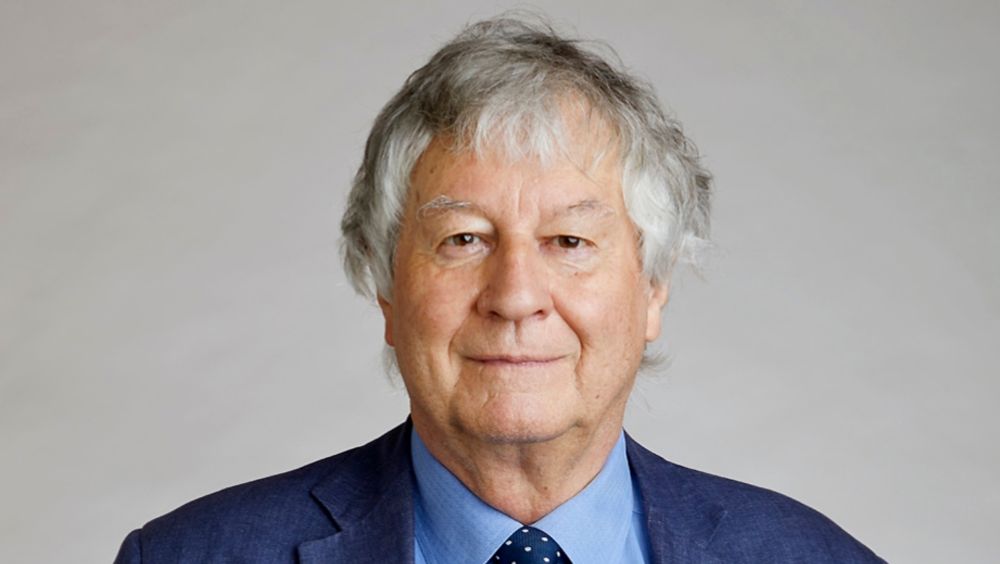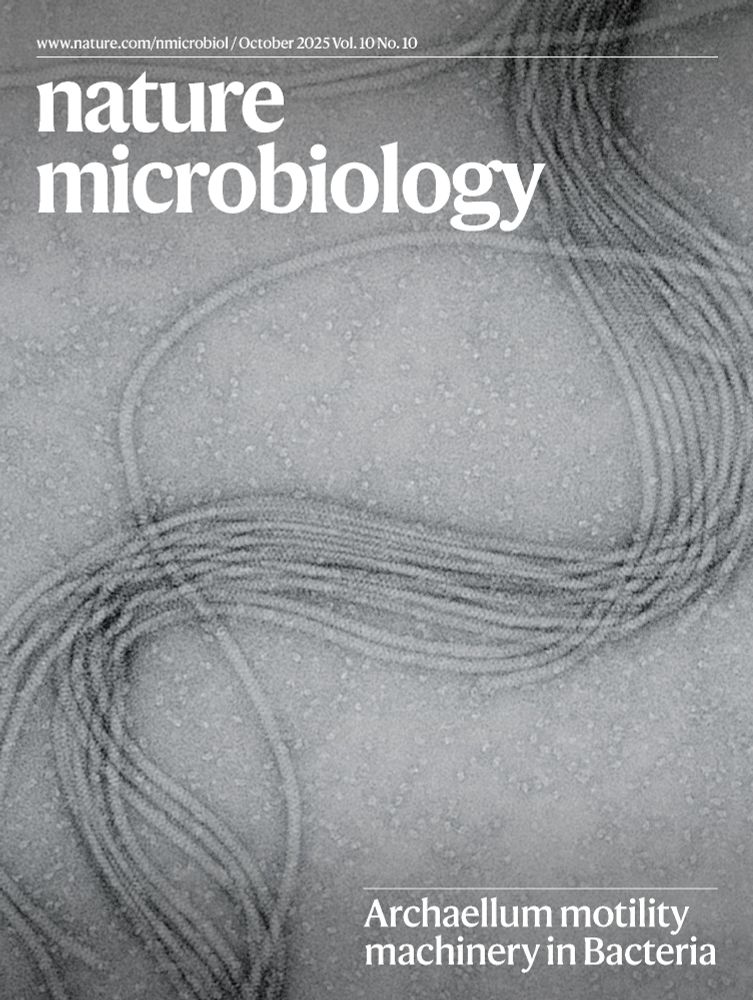Daniela Barillà
@danielabarilla.bsky.social
1.2K followers
1K following
220 posts
Microbial geneticist interested in large and small DNA 🧬 rings in bacteria and archaea.
Living in Brontë country and based at the University of Old York.
https://barillalabyork.weebly.com/
Posts
Media
Videos
Starter Packs
Pinned
Reposted by Daniela Barillà
Reposted by Daniela Barillà
Reposted by Daniela Barillà
Reposted by Daniela Barillà
Reposted by Daniela Barillà
Reposted by Daniela Barillà
Reposted by Daniela Barillà
Reposted by Daniela Barillà
Reposted by Daniela Barillà
Reposted by Daniela Barillà
Reposted by Daniela Barillà
Reposted by Daniela Barillà
Reposted by Daniela Barillà
Reposted by Daniela Barillà
Reposted by Daniela Barillà
